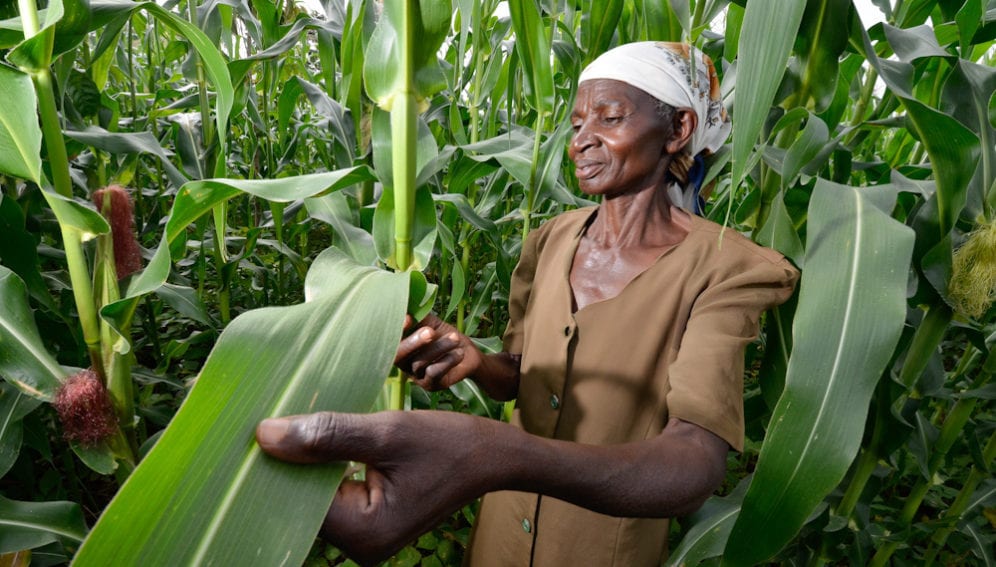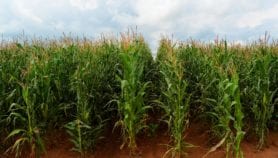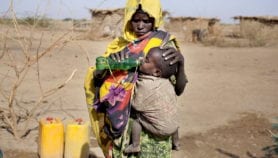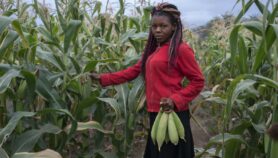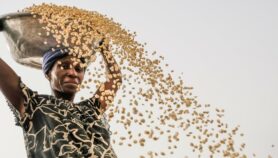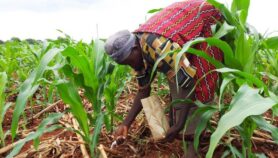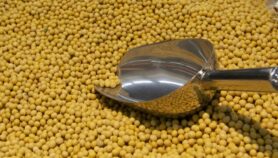By: Gilbert Nakweya
Send to a friend
The details you provide on this page will not be used to send unsolicited email, and will not be sold to a 3rd party. See privacy policy.
[NAIROBI] Female-headed households (FHHs) are more vulnerable to food insecurity than male-headed households (MHHs) in rural Kenya, a new study shows.
Researchers from Kenya and Sweden say there are unobservable factors such as advice from agricultural extension officers that could explain the link between gender and food security in Sub-Saharan Africa, but such characteristics have not been adequately studied.
The study published last month (April) in the journal World Development resulted from a survey of 605 farm households with a total of 2,831 plots in 88 villages in five counties from the western and eastern regions of Kenya where maize-legume systems are common.
“If female-headed households intercrop maize and legumes, food security could increase because it improves soil fertility and withstands market risks as one can benefit from one crop if the other fails.”
Menale Kassie, International Maize and Wheat Improvement Center
From data gathered between January and April 2011, the researchers assessed food security in households headed by men and women based on plot characteristics, including fertiliser use and maize-legume intercropped plots; location characteristics, including distance to agricultural extension office; and membership of farmers’ groups.
"About ten per cent of the FHHs suffer from chronic food insecurity, compared with five per cent of MHHs," the researchers note in the journal.
Menale Kassie, the study’s lead author and development economist at International Maize and Wheat Improvement Center, says the food security gap between MHHs and FHHs is explained by differences in both observable and non-observable characteristics, with the latter projecting a bigger gap. “However, gender food security gap persists even if FHHs had the same observable characteristics as MHHs,” adds Menale.
He notes that FHHs face challenges such as limited access to land, markets, and other extension services that limit their potential to lead food secure houses. These inequalities, he adds, are caused by factors such as cultural practices and less access to information.
The researchers advise policymakers to encourage women groups with financial support and training as they can facilitate smallholder women farmers’ easy access to information, inputs, market outlets and credits.
Menale says households headed by women are more likely to be secure if given support, including encouraging them to practise better farming methods.
Menale explains: “If FHHs intercrop maize and legumes, food security could increase because it improves soil fertility and withstands market risks as one can benefit from one crop if the other fails”.
But Julie Macharia, a senior lecturer and expert in gender and communication at Kenya’s Moi University, believes that both FHHs and MHHs have an equal potential to lead food secure households, saying:
“If both female and male-headed households have access to good fertile land, farm equipment, funds and markets, it would not matter whether the households are female or male-headed because they will be food secure”.
The Australian Centre for International Agricultural Research and the Australian International Food Security Research Centre funded the study through CIMMYT.
Link to abstract in World Development
This article has been produced by SciDev.Net's Sub-Saharan Africa desk.
References
World Development doi 10.1016/j.worlddev.2013.10.025 (2014)


